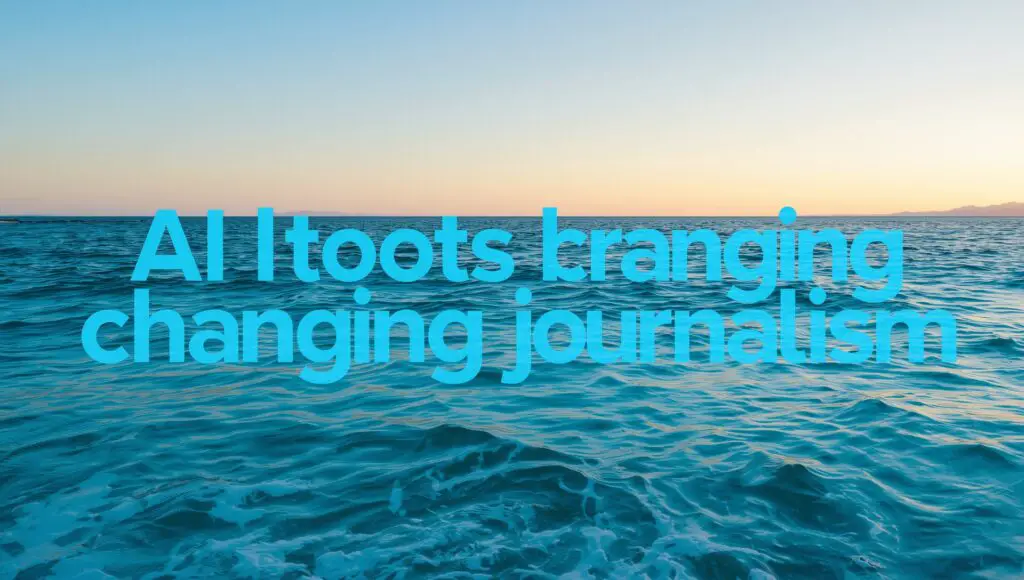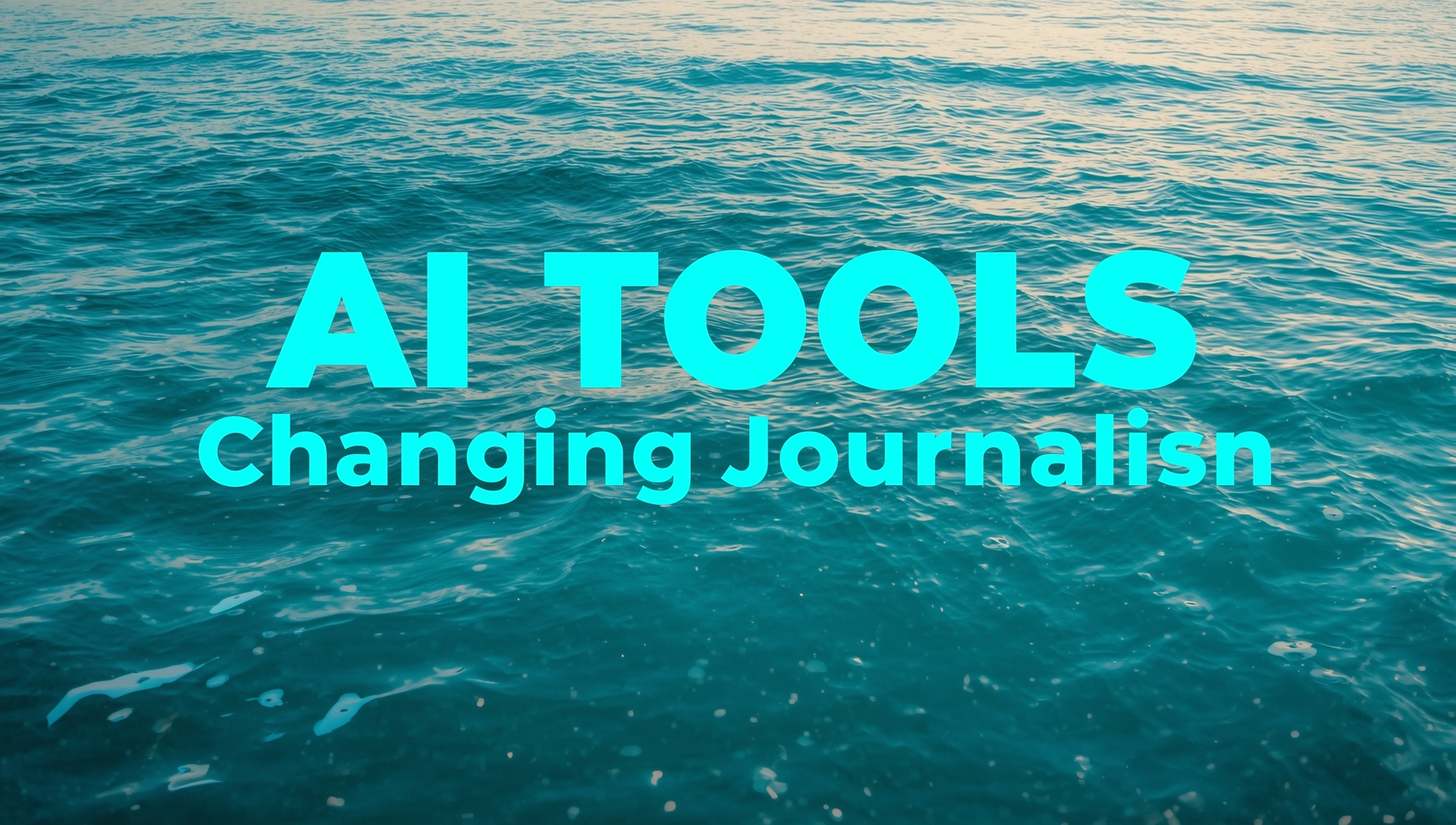Introduction
AI tools changing journalism is undergoing a digital revolution, and artificial intelligencejournalismtechnologies are no longer just optional add-ons—they are becoming vital to how newsrooms work, how stories are developed, and how audiences consume information. From automating breaking news alerts to fact-checking and even authoring stories, AI is altering the pace, accuracy, and depth of modern journalism.

1. The Rise of AI in Newsrooms
AI first entered journalism as a behind-the-scenes tool, aiding reporters with data sorting and analytics. Now, it’s front and center. Leading media organizations like The New York Times, BBC, and Reuters employ AI to:
- Monitor world happenings in real-time. * Suggest trending topics. * Create first drafts of news pieces. By analyzing vast volumes of data in seconds, AI empowers journalists to focus more on investigative reporting and narrative rather than mundane, time-consuming duties.
2. AI-Powered Content Creation
One of the most talked-about changes is AI-generated content. Tools like ChatGPT, Jasper, and Copy.ai can produce news summaries, reports, and even long-form stories in minutes. While AI can’t totally replace human creativity and judgment, it excels at:
- Generating rapid updates on sports scores, stock markets, and weather. * Summarizing press releases into reader-friendly formats.
- Producing multilingual content for worldwide audiences. This allows smaller newsrooms to compete with larger publications by posting content quickly and in multiple languages.
3. Transforming Investigative Journalism
Investigative journalism typically entails going through piles of documents, leaked files, and historical archives. AI tools like DataMiner and BigQuery enable reporters uncover trends, spot anomalies, and cross-reference information faster than ever before.
For example:
- Pattern detection in financial records to expose corruption. * Keyword extraction from thousands of hacked emails.
- Geolocation analysis from satellite imagery for conflict reporting. This trend is making extensive, meaningful investigations more efficient and cost-effective.
4. AI in Fact-Checking and Fighting Misinformation
In the age of fake news, fact-checking is crucial. AI tools like ClaimBuster, Logically, and Full Fact may scan assertions made by politicians, influencers, or media outlets and rapidly compare them with verified databases.
- Real-time fact-checking during live debates. * Detecting deepfakes in videos and images. * Identifying bot-generated disinformation campaigns on social media. This makes journalism more credible and helps rebuild public faith in media.

5. Personalized News Experiences
AI is also affecting how viewers consume news. Platforms like Google News, Apple News, and Feedly employ machine learning to evaluate reading behaviors and generate personalized content streams.
Benefits for readers include:
- Relevant content customized to their interests. * Localized news with worldwide updates. * Recommendations for related topics for greater knowledge. However, personalization has generated worries about creating “news bubbles” where readers only receive content that corresponds with their views—something ethical media must address.
6. Ethical Challenges of AI in Journalism
While AI delivers numerous benefits, it also comes with risks:
- Bias in algorithms can lead to unbalanced coverage. * Job displacement worries for reporters, editors, and translators.
- Over-reliance on AI could reduce human editorial oversight. Ethical frameworks are now necessary. Newsrooms must ensure openness when AI is utilized in content development and retain strong human oversight to prevent errors or prejudice.
7. The Future: Human-AI Collaboration
The most effective approach for the future is not replacing journalists with AI but empowering them through partnership.
- AI as a research assistant to acquire and process information. * Humans as storytellers to interpret facts with empathy, cultural awareness, and ethical judgment. * AI as a translator to make journalism accessible to global audiences. This alliance could lead to more in-depth, accurate, and compelling reporting than ever before.

Conclusion
AI is altering journalism in ways that were inconceivable only a decade ago. From speeding up reporting to boosting accuracy and permitting global reach, the potential is immense. However, the technology must be used responsibly—balancing innovation with ethics, and automation with human judgment.
In 2025, the real power of AI in journalism lies not in replacing reporters but in empowering them to tell better stories, faster, and to more people than ever before. The newsrooms that adopt AI properly will lead the next era of credible, dynamic, and impactful journalism.



